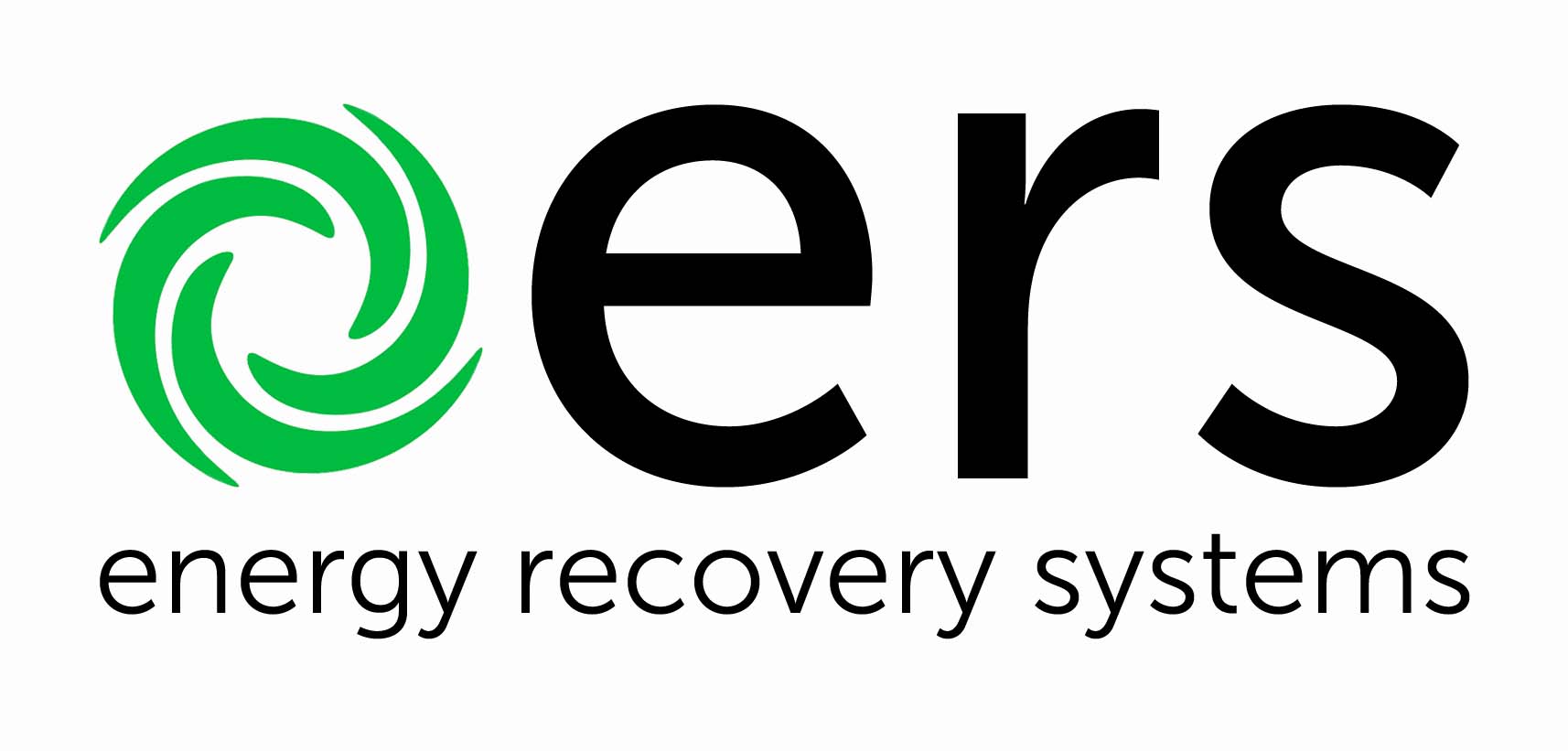
Our tips for a comfortable home
Run your heat pump in either heating or cooling mode, not auto.
If your heat pump is on auto, you may notice cool air when you only want warm air. Or warm air when you only want cool air.
Set the controller to a comfortable temperature somewhere in the range of 20 to 22 degrees.
Your room is not necessarily going to warm up faster by setting it to 30 degrees.
Allow the system enough time to achieve your desired temperature.
It takes a significant amount of energy to reduce/increase the overall temperature of your whole home.
If your home gets very hot in the summer, close your window treatments to reduce solar gain and close off spaces you don’t wish to control.
Your heat pump only operates in one mode at a time.
If you have one ducted system, you cannot heat one room and cool another. ie. If you want to cool and upstairs area, while heating a downstairs area, you will need two separate systems.
Condensation forming on your grilles? Try to keep the humidity down in your home by running your system on cooling mode at a reasonable temperature such as 22 degrees.
By setting the system to a low temperature (ie 16 degrees) and pumping cold air into a warm environment you increase the differential between the air in your home and the heat pump and encourage condensation on the grilles.
Trying to warm your room, but you notice a cool draft.
The heatpump is circulating your air and the cool draft is the unheated air cycling around your room. Try closing doors and turning your heat pump on a little bit earlier to help the room warm up.
It’s too drafty.
Try reducing your fan speed before making any adjustments to diffusers or dampers on a ducted system. You can unbalance the flow of air around your home if you don’t adjust it correctly. You may wish to programme your system to start operating an hour before you get home.
Only run the heat pump when you need it.
Leaving your heatpump on 24/7 can be expensive. You could use the timer function to programme it to come on 30 minutes before you want to use the room.
It’s frosty and my heat pump doesn’t seem to be heating my room.
When the temperatures drop, our heat pumps work harder to heat your space. You might notice it stops all together and starts flashing.
Get ahead of the coldest times of the day by using your timer function. Starting your heatpump before the frost sets in can allow your room to warm up early. Having a warmer room may mean you don’t notice the affect the outside temperature is having on your heatpump.
Heat pumps will run through a process called a ‘defrost’. This is normal and is a way for your heat pump to clear the outdoor unit of ice and frost. It may stop heating, make funny noises, flash its lights and even push cooler air around while it runs through this cycle.
If you’ve had your heat pump for a while, and you are struggling with defrost cycles (even after the frost has long melted), call us on 0800 23 23 03, it might be time for a new one.
